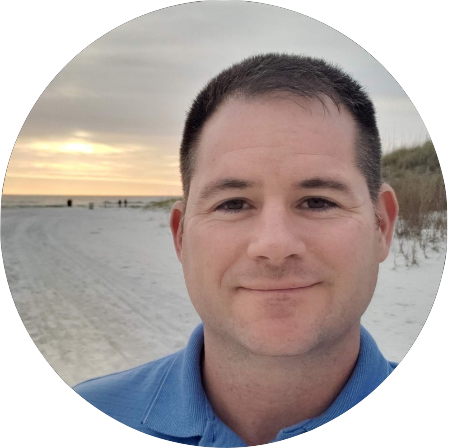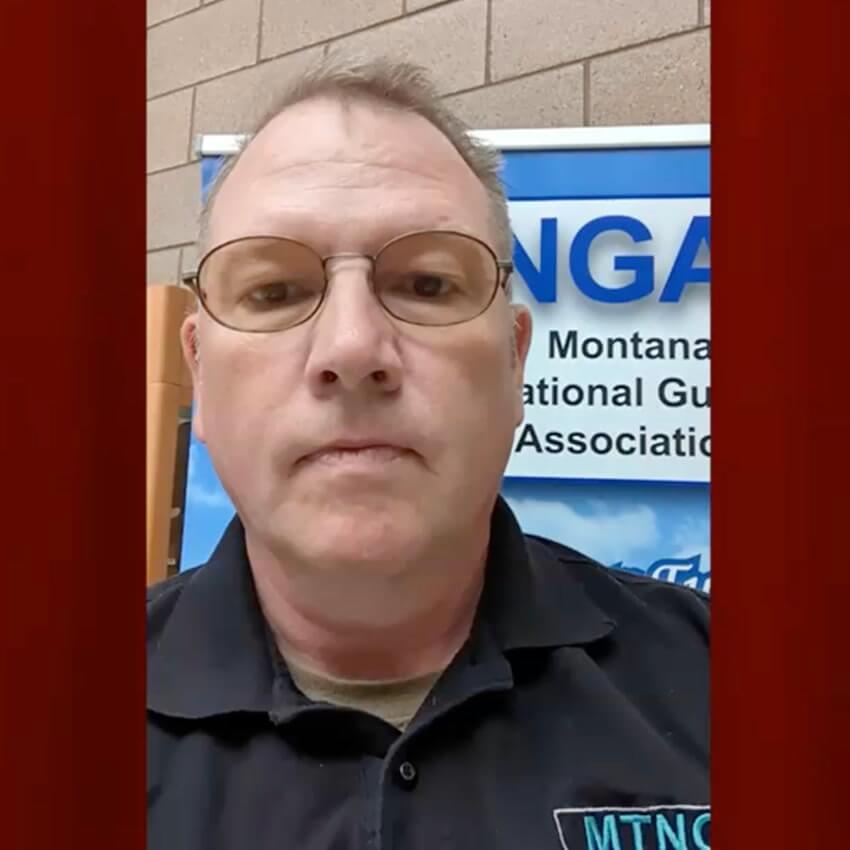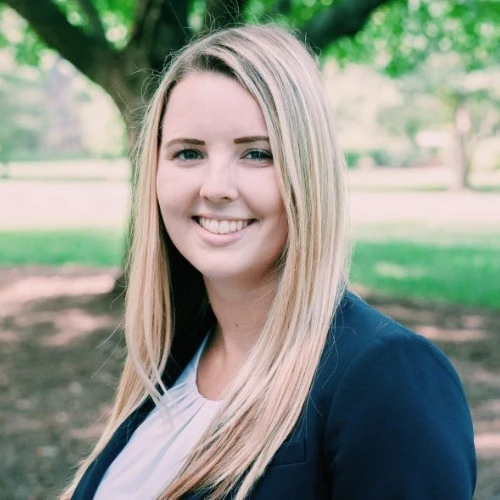GROW Model
GROW Model
Hey, it’s Jackson, and this video is about how to be a better Coach. The great part of this is you can use it, of course, with your team, but also with the people who work above you, people in your personal life—partners, children, friends—whatever. It’s going to take what’s a really big subject, actually, coaching and performance coaching or Executive coaching, which is what I do, and condense it down into sort of a pocket-sized model that you can use, and it’ll be very effective.
So, this model is the GROW model: G-R-O-W. And that stands for Goal, which is where you want to go; Reality, which is where you’re at now; Opportunities, all the ways to go from where you’re at now to the place you want to go; and then Way Forward, which is, once you’ve reviewed the opportunities, committing to action. And there’s a powerful model because the art of coaching, to be a bit more technical, even when because sometimes we just use the word coaching, and what we should be saying is advice giving or demonstrating, right? Because how you coach a little league baseball team is a little different than how I coach a CFO. But really, it comes down to coaching the important things, making sure it’s not about you, and it’s not about telling someone what to do. It’s more, especially at higher levels of leadership, it’s about bringing out the best in that person.
So, the GROW model means they’re doing the work. It’s about what they want and how they’re going to get there. You’re serving as a thought partner to bring out the best in them. Again, if you think about Elite level athletes—LeBron James, Alex Rodriguez, whoever, whatever sport—they’re the ones doing the work, right? They’re in there hitting; they’re playing the game. The coach is not literally telling them every single little thing to do, but they’re responsible for them doing the work, but them bringing out the best in that athlete, right? Same as a personal trainer.
GROW model. Here’s how it’s going to work: start with the Goal—where do you want to go? And that’s really important because a lot of times people aren’t actually very clear on that. So it might be something like, “Well, I think I want to get a promotion or I want to get this raise.” Well, what about that’s important to you? “Oh, actually, I haven’t thought of that.” If you say, “Oh, you want to get a raise?” Well, how much do you want in your raise? Do you want to change just the money piece, or would you like to maybe change the type of work you’re doing or your work-life balance, whatever the idea is? You’re getting very, very clear on, “How will I know I’m successful once I’ve gotten there?” It could even be having a metric, right? If you say, “Well, actually, work stuff’s going great right now, but I think I want to get in a little bit better shape.” Okay, well, we still don’t know if we’re going to Pittsburgh or Philadelphia. We just say we know we’re going to Pennsylvania, but we don’t know what city. We say, “Well, I guess if I were to lose 10 pounds or lower my resting heart rate by 10, then I know I’ve gotten there.” So in the G step, you’re getting very, very clear on where you’re trying to go.
And then in the R, it’s where you’re at now. What is my current reality? What’s my current weight? What’s my current heart rate, to use the previous example? Whatever it is, what is the kind of present State, future State—really, really clear on those because that determines exactly, right, where you want to go and where you’re starting from. Because then comes the O, which is Opportunities. Well, how could I get from where I am to where I want to go? There’s a lot of different ways. Well, again, maybe use a getting healthier example because it’s simple. If I say, “Oh, okay, I want to get healthier. What does that mean?” Well, I want to lower my resting heart rate by 10 beats per minute because that shows I’m improving my cardiovascular health. Well, do you want to cycle every day? Do you want to start jogging? Do you want to join a boxing gym? Do you want to just walk outside? Maybe that’ll help. Do you want to do weight lifting but with a cardio Focus? There’s many different opportunities. Same thing with a work project, of course, whatever you say. We’re really, really clear in that we want to improve productivity of this team by 10 and right now this is their level. Okay, well, how are we going to do it? We can change the incentive structure; we can change how they do the work; we’re going to change how they manage projects; whatever. And finally, once you’ve investigated all those opportunities and partnership, you can say what is the Way Forward, which means what’s the way? What am I going to do? What’s the action? Anything about smart goals is important with that which is specific, measurable, actionable, results-oriented, and time-blocked.
So, I say, “Oh, I know what I am going to do. I’m going to start exercising.” No, what’s the action you’re gonna take? “Well, I’m going to call and get a personal trainer” or “Monday, Wednesday, and Friday, I’m going to go for a 30-minute jog after lunch.” See how it’s a little bit different? So, that is the GROW model: Goal—where do I want to go; Reality—where am I now; Opportunities—what are all the different ways I could get there; and then Way Forward is that commitment to action. So now I want you to use this, is to practice it. So you’re going to split up into groups of one and one, so groups of two, and just talk for about five minutes. You can switch back and forth. The first person is going to pick something they want to work on, some area of their life, something they’re working on. It could be work; it could be life; whatever. And as the coach in the situation, try to take them through that goal, that GROW model—really clear on, well, what is the goal? What do you really want here? What’s really important to you? Where are you at now? Well, what are the best opportunities for you to get there? And then, what’s an action you could take? Five minutes, and then you switch. And then you can share out as a group: how was that? How did that experience change? Was it helpful? How could you see applying this in other areas? And if you bring that skill set with you to your other interactions, it’s going to make you a really, really incredible coach, and people might not even know you’re coaching them; they just say, “Shoot, this person’s really helpful.” So, I hope you enjoy it. That’s the GROW model, and you can go ahead and get started.























